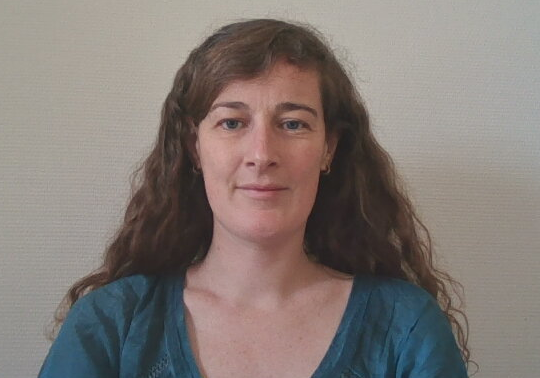
Cicle “Energy: Past & Present”
Cicle organitzat per IILP-UV i SCHCT
El cicle “Energy: Past & Present” és organitzat conjuntament per la Societat Catalana d’Història de la Ciència i la Tècnica (SCHCT) i l’Institut Interuniversitari López Piñero-UV i coordinat pels professors José Ramón Bertomeu Sánchez (bertomeu@uv.es) i Ignacio Suay Matallana (ignacio.suay@uv.es). Els seminaris tindran lloc a les 18 h. tots els darrers dimecres de la tardor de 2022 amb format bé en línea o híbrid, és a dir, presencial al saló d’actes del Palau Cerveró (IILP-UV) i en línia amb l’enllaç que serà comunicat cada setmana. Tots els seminaris són d’assistència lliure i les persones interessades poden contactar amb els organitzadors per tal d’obtenir dades complementàries o proposar altres activitats relacionades.
Data: 30 novembre, 18:00 h.
Format: híbrid (Saló d'actes, IILP-UV, Plaça Cisneros, 4, València) i ZOOM
https://uv-es.zoom.us/s/99457894590
Ponent: Anaël Marrec (Postdoctoral researcher in the Centre d’histoire sociale des mondes contemporains (Université Paris 1), Labex DynamiTe)
Anaël Marrec (Universitat de Nantes)que presentarà la seva recerca recent al voltant de la tecnopolítica de l’energia dins d’un context urbà concret: la ciutat de Montréal a les darreres dècades del segle XX. Analitza la polèmica fàbrica de Gazmont dedicada a la producció de gas mitjançant el tractament de biomassa procedent de residus urbans. Mitjançant una gran quantitat de documentació d’arxiu, aquest cas particular permetrà analitzar les dimensions tecnopolítique d’aquestes energies renovables i les qüestions de justícia ambiental plantejades dins d’un barri econòmicament marginat.
Resum:
The Gazmont landfill gas power plant in Montreal is a model of urban renewable energy production facilities. This infrastructure commissioned in 1996 recovers the biogas generated by the putrescible waste stored in one of the biggest urban landfills of North America. It turns into energy a product that is otherwise toxic and a source of greenhouse gases. A flagship element of the Saint-Michel Environmental Complex, it contributes to its positionning as an urban showcase for green technologies. However, despite the ecological rhetoric of its promoters, the Gazmont project, which began in 1986, was contested by associations and groups of citizens from the Saint-Michel neighborhood and the city. These stakeholders pointed out the environmental risks and the lack of economic and social benefits for the inhabitants of the neighbourhood. This one had a long history of economic and social marginalization, from the industrial period of the Miron carrier to its gradual transformation into a huge landfill in the late 1960’s. Based on a survey conducted in early 2022 in Montréal, this communication will examine the history of Gazmont from its emergence, at the crossroads of the double ‘crisis’ of waste and energy and the deindustrialisation of an urban neighbourhood. It will show how the intersection of the history of technology and environmental history approaches makes it possible to study the territorial inscription of energy projects. More precisely, the techno-political approach will focus on the power relations between the project’s actors and the way they shape the energy infrastructures. The enviro-technical approach will focus on the materiality of the power plant site and its role in the future of the project. The case study will also address the environmental justice issues raised by urban infrastructure projects. Finally, it will show an example of fieldwork in contemporary history using a variety of sources: archives (municipal, national and company), oral investigations.









